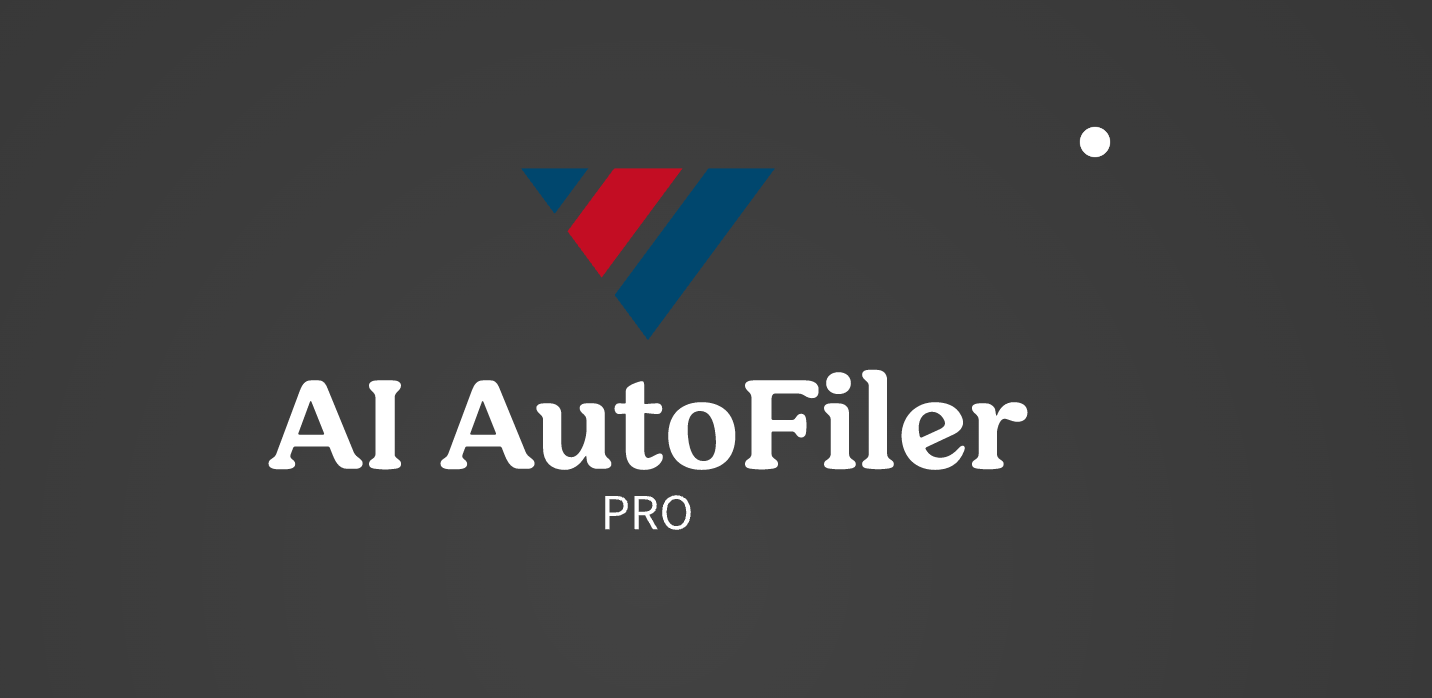AI AutoFiler Pro is a tool that automates the process of creating files, sorting data, reading and viewing them, and finding data using artificial intelligence and language processing capabilities. In addition to these core features, it also includes a speech recognition tool to allow for hands-free operation.
The following Python packages are required to run AI AutoFiler Pro:
-
openai: openai is a Python package that helps to process and understand natural language, so that AI models can be built on top of it. AI AutoFiler Pro uses openai to perform language processing and AI-based data finding. -
langchain: langchain is a Python package that helps to build AI models that can understand and interpret language. AI AutoFiler Pro uses langchain to initialize the AI model with parameters and to run the query using AI and language processing capabilities. -
speech_recognition: speech_recognition is a Python package that helps to convert speech to text. AI AutoFiler Pro uses speech_recognition to record voice input from the user and convert it to text. -
Text to speech: The 'gtts' (Google Text-to-Speech) is a Python library that provides a simple way to generate speech from text using Google's Text-to-Speech API. With 'gtts', you can convert any written text into spoken words in a variety of languages and voices.
To install the required Python packages, run pip install -r requirements.txt in the command line.
AI AutoFiler Pro includes the following amazing features:
- Data sorting
- Data reading and viewing
- Data finding using AI and language processing capabilities
- Speech recognition tool for hands-free operation
- Text to Speech for Output.
To use AI AutoFiler Pro, you will need an OpenAI API key. Here's a quick overview of how to set up your OpenAI API key on different operating systems:
macOSorLinuxwith bash: Add exportOPENAI_API_KEY=YOUR_API_KEY_HEREto your ~/.bash_profile.Windowswith Command Prompt: Create a batch file that sets theOPENAI_API_KEYenvironment variable, then run it. Windows with PowerShell: Add $env:OPENAI_API_KEY = "YOUR_API_KEY_HERE" to your PowerShell profile.
To get your OpenAI API key, sign up for an account on the OpenAI website.
AI AutoFiler Pro is a tool that automates the process of creating files, sorting data, reading and viewing them, and finding data using artificial intelligence and language processing capabilities. The tool works by taking inputs from the user in two ways: through text input and voice input.
-
Text Input: can simply type their query into the input box provided in the app's GUI. The app then takes the input and generates an output using OpenAI's language processing capabilities. -
Voice Input: can record their voice using the app's speech recognition tool, which then converts their speech into text. The text is then passed to OpenAI to generate an output.
In both cases, OpenAI is used to process the input and generate an output using machine learning and natural language processing capabilities. The AI model is initialized with parameters and tools using langchain, which helps to build AI models that can understand and interpret language. The output is then displayed in the output box provided in the app's GUI.
With this seamless integration of AI and language processing capabilities, AI AutoFiler Pro provides a powerful and user-friendly tool for automated file creation, data sorting, and data finding.
Checkout the Blog post about this Google-Blog
- Added initial project.
- Added Text to speech.
- Updated UI for TTS.
- Fixed Record voice.
AI AutoFiler Pro was written by @HeavenHM on 2021-09-10.
This project is licensed under the MIT License. See the LICENSE file for more information.




